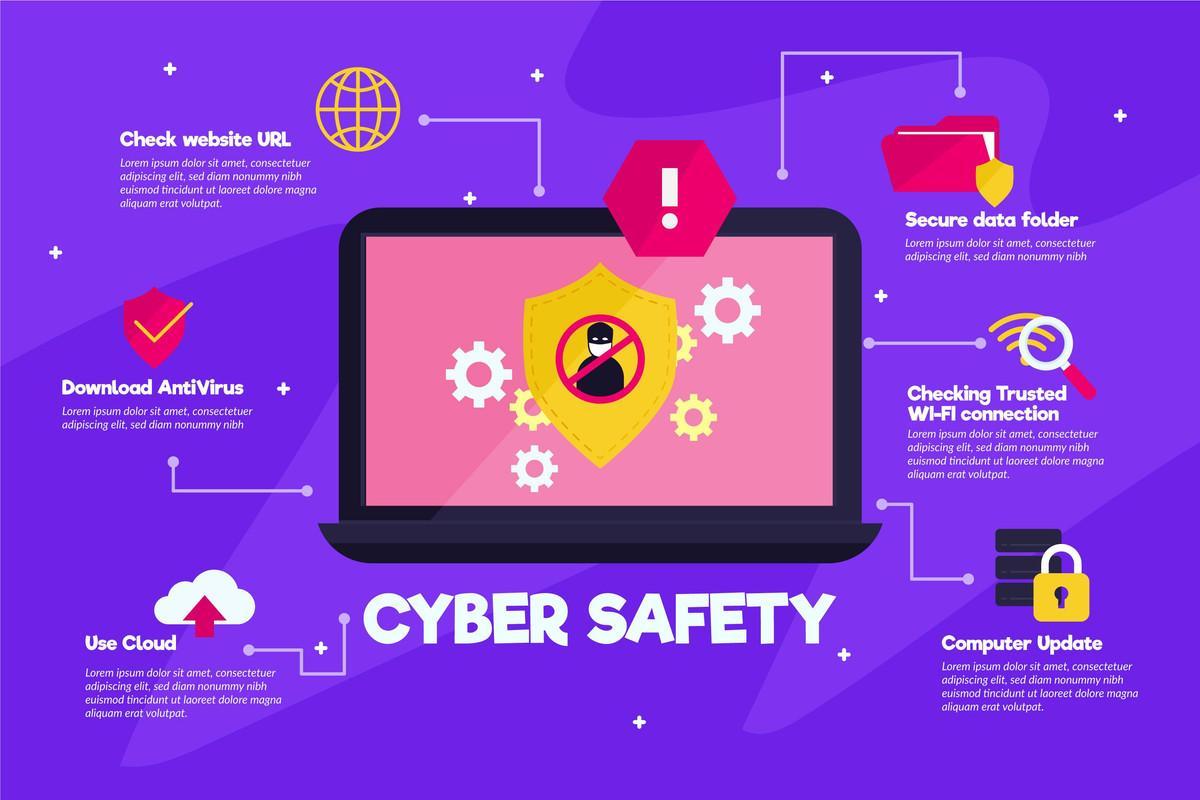The Health Insurance Portability and Accountability Act (HIPAA) sets the standards for protecting sensitive patient data. HIPAA compliance is mandatory for healthcare providers, health plans, and healthcare clearinghouses who handle protected health information (PHI). HIPAA risk assessment is a crucial element in maintaining compliance with HIPAA regulations.
In this article, we will discuss all you need to know about HIPAA risk assessment and how to conduct one for your organization.
What is HIPAA Risk Assessment?
HIPAA Risk Assessment is a process of identifying, analyzing, and evaluating the risks associated with the use, storage, and transmission of protected health information (PHI). It is a critical component of the HIPAA Security Rule that requires all covered entities and business associates to assess their security risks regularly. HIPAA risk assessment helps healthcare organizations identify potential vulnerabilities in their systems and processes, prevent data breaches, and ensure the confidentiality, integrity, and availability of PHI.
Why is HIPAA Risk Assessment Important?
HIPAA risk assessment is essential for healthcare organizations to comply with HIPAA regulations and protect the sensitive patient data they handle. Failure to conduct regular risk assessments can lead to potential violations, penalties, and reputational damage. By conducting HIPAA risk assessments, organizations can identify potential threats and vulnerabilities, implement appropriate safeguards, and reduce the risk of data breaches and other security incidents.
The Role of HIPAA Risk Assessments in Healthcare Compliance
HIPAA risk assessments play a vital role in healthcare compliance by helping organizations identify and manage risks to protected health information (PHI). While HIPAA compliance encompasses many different areas, including privacy, security, and breach notification, risk assessments are a fundamental component of the administrative safeguards required under the HIPAA Security Rule.
One of the primary goals of HIPAA risk assessments is to prevent data breaches and other security incidents that could result in the unauthorized disclosure of PHI. By identifying potential threats and vulnerabilities, organizations can develop and implement appropriate security measures to mitigate these risks and protect patient data.
HIPAA risk assessments can also help organizations avoid costly penalties for non-compliance. The Office for Civil Rights (OCR), which is responsible for enforcing HIPAA, can impose significant fines and penalties on organizations that fail to comply with the Security Rule, including for failure to conduct a risk assessment.
Common Risks Identified in HIPAA Risk Assessments
When conducting a HIPAA risk assessment, it is important to be aware of the most common risks that are typically identified. Some of the common risks include:
- Unauthorized access: This is when an unauthorized individual gains access to protected health information (PHI) or ePHI. This can happen due to various reasons such as weak passwords, inadequate access controls, and lack of encryption.
- Physical theft or loss: Physical theft or loss of devices that contain PHI or ePHI, such as laptops or mobile devices, can result in a HIPAA breach.
- Social engineering: Social engineering is when attackers use various methods to trick employees into divulging sensitive information, such as phishing emails, pretexting, or baiting.
- Malware and ransomware: Malware and ransomware attacks can result in the theft, destruction, or encryption of PHI or ePHI.
- Human error: Human error can result in accidental exposure or disclosure of PHI or ePHI. This can include mistakes such as sending an email to the wrong recipient or misplacing a device that contains PHI.
By conducting regular HIPAA Risk Assessments, healthcare organizations can protect against these threats and mitigate the potential damage of a data breach.
Steps to Conduct HIPAA Risk Assessment
HIPAA risk assessment is a critical process that ensures the confidentiality, integrity, and availability of protected health information (PHI). Conducting a comprehensive HIPAA risk assessment can help identify potential security risks, vulnerabilities, and threats to PHI, and develop strategies to mitigate these risks.
Here are the general steps to conduct HIPAA risk assessment:
- Identify the Scope of the Assessment
The first step in conducting a HIPAA risk assessment is to identify the scope of the assessment. Determine the assets, systems, and processes that will be assessed in the risk assessment. This includes identifying the locations where PHI is stored, transmitted, or received, the devices and equipment used to access PHI, and the people who have access to PHI. It is important to consider the entire organization’s operations, including all departments, subsidiaries, and business associates that may handle PHI.
- Gather Data
The next step is to collect relevant information about the assets, systems, and processes that are being assessed. This includes understanding the purpose of each asset, system, or process, identifying where PHI is stored, processed, or transmitted, and determining the types of PHI handled. This information can be gathered through interviews, document reviews, and site visits.
- Identify Potential Threats
Once the scope of the assessment is established, the next step is to identify potential threats to the confidentiality, integrity, and availability of PHI. These threats can include natural disasters such as floods or earthquakes, human errors such as accidental disclosure of PHI, and malicious attacks such as cyber-attacks or theft. It is essential to identify all potential threats to PHI to understand the risks posed to the organization and its patients.
- Analyze Current Security Measures
After identifying potential threats, the next step is to evaluate the current security measures in place to protect PHI and assess their effectiveness in mitigating identified risks. This involves reviewing policies, procedures, and technical safeguards that the organization has in place to protect PHI. It is essential to identify any gaps or weaknesses in the current security measures that can put PHI at risk.
- Determine Likelihood and Impact
Once potential threats and current security measures are evaluated, the next step is to determine the likelihood and impact of identified risks. This involves assessing the probability of occurrence and potential impact on the organization and its patients if a risk materializes. The likelihood and impact assessment can help prioritize risks and identify areas that require additional attention.
- Prioritize Risks
Based on the likelihood and impact assessment, risks should be prioritized and assigned risk levels. Prioritizing risks based on their likelihood and impact allows for effective risk management planning. Risks with high likelihood and high impact should be given the highest priority, and appropriate risk management strategies should be developed.
- Develop a Risk Management Plan
Developing a risk management plan is a critical step in the HIPAA risk assessment process. The risk management plan should outline the strategies, policies, and procedures to mitigate identified risks and prevent security incidents. The plan should also specify the roles and responsibilities of individuals involved in risk management activities and identify the resources needed to implement the plan.
- Implement and Monitor the Plan
Once the risk management plan is developed, the final step is to implement the plan, monitor its effectiveness, and review and update it regularly. The risk management plan should be integrated into the organization’s overall risk management framework and be reviewed and updated regularly to ensure it remains effective in addressing identified risks.
Common HIPAA Risk Assessment Mistakes to Avoid
HIPAA risk assessments can be complex and challenging to conduct. Unfortunately, many organizations make mistakes during the process that can lead to compliance issues and security breaches.
Here are some common HIPAA risk assessment mistakes to avoid:
Using a One-Size-Fits-All Approach
One of the biggest mistakes organizations make when conducting HIPAA risk assessments is using a generic or one-size-fits-all approach. Every organization is unique and has different risks, threats, and vulnerabilities. Using a standardized approach does not take into account the unique circumstances and risks of each organization. This can result in a risk assessment that does not effectively identify and mitigate the organization’s specific risks.
Failing to Involve Key Stakeholders
Another common mistake is failing to involve key stakeholders in the risk assessment process. Key stakeholders include anyone who has a stake in the security of PHI, including executive leadership, IT staff, compliance officers, and privacy officers. Failing to involve these stakeholders can result in a risk assessment that overlooks critical risks and vulnerabilities. It can also result in a risk management plan that is not well-supported and lacks the necessary resources to be effective.
Neglecting to Consider Both Internal and External Threats
A third mistake is neglecting to consider both internal and external threats. Organizations often focus on external threats, such as hackers and cybercriminals, but fail to recognize the potential risks posed by internal threats, such as employee errors, theft, and sabotage. It is essential to consider both types of threats and vulnerabilities when conducting a risk assessment.
Key Takeaways
HIPAA risk assessment is a critical process for healthcare organizations to comply with HIPAA regulations, protect sensitive patient data, and prevent data breaches and other security incidents.
By conducting regular risk assessments, organizations can identify potential threats and vulnerabilities, implement appropriate safeguards, and reduce the risk of security incidents.
Healthcare organizations should make HIPAA risk assessment a top priority and ensure that they are conducting regular assessments to maintain HIPAA compliance and protect patient data.







